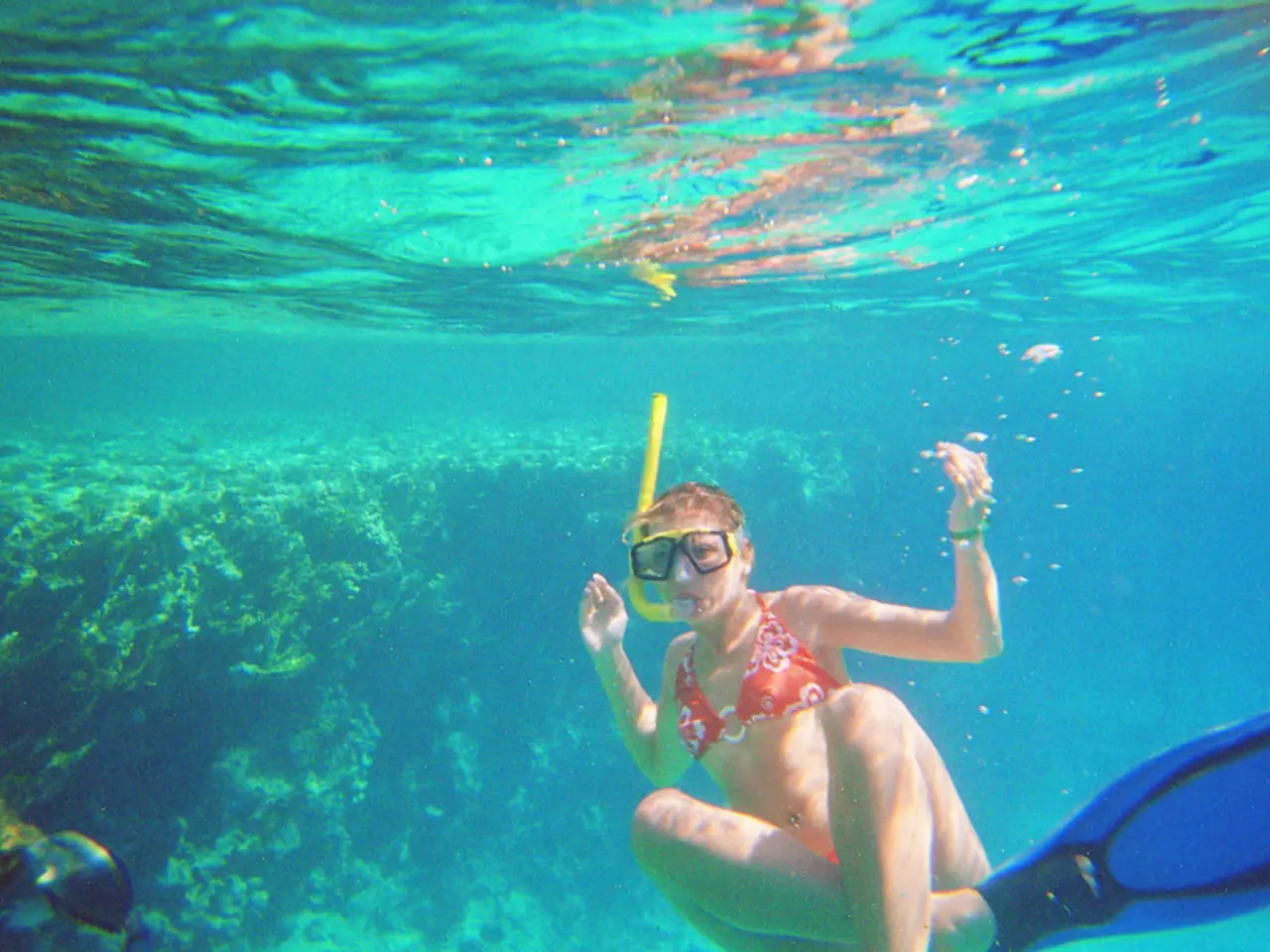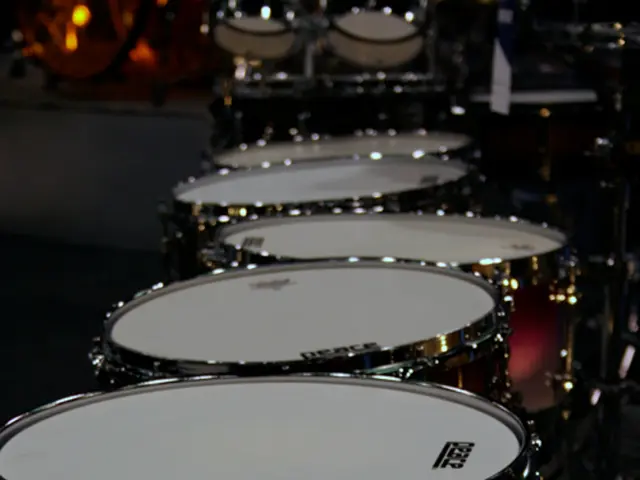A exploration into the past when public swimming without swimwear was prohibited
In the first half of the 20th century, a peculiar practice was prevalent in U.S. schools and public pools - nude swimming classes. This practice, primarily for white boys and men, was rooted in public health concerns and practical issues related to the swimming environment.
Officials and health authorities believed that swimsuits, often made from heavy natural fabrics like wool, shed fibers that clogged pool filters and carried germs. To maintain cleaner pools and reduce maintenance problems, nude swimming was mandated[2]. The American Public Health Association (APHA) guidelines from 1926 explicitly recommended nude bathing at indoor pools used exclusively by men, while women’s pools allowed simpler swimsuits. These guidelines heavily influenced state health departments, public schools, and institutions, leading to widespread adoption of nude swimming policies for boys in schools and public pools[2].
The practice was largely limited to white males, and in some cases, family members including women would watch boys swim nude during practice or competitions. Male teachers sometimes also swam nude, while female teachers wore swimsuits[2].
Creed Erickson, a participant in these swimming classes, was born in 1954 in a small town in Northwestern Pennsylvania. His swim classes at the local YMCA were nude swimming classes. Erickson, author of the book "Naked, A Cultural History of American Nudism," mentions a history of nude bathing in New York City before the YMCA[3].
Erickson grew up in a sundown town, which did not want black residents, and he expresses more shame about this than about participating in nude swimming classes. The practice mainly involved white males in the U.S. context, and there is no direct reference in the sources connecting it explicitly to racial ideology during this era[4].
The practice continued even after the APHA changed its guidance in 1962. However, the emergence of the internet and the culture wars have led to the perception of the naked body of children as a source of illicit sexuality.
Brian Hoffman, author of the book "Naked, A Cultural History of American Nudism," notes that swimming pools built in the late 1800's and early 1900's were under the auspices of the YMCA, aiming to encourage physical fitness and mental purity[1]. The commercialization of the naked body, the mainstreaming of pornography, and several court decisions led to the stigmatization of nakedness.
Despite the historical controversy, some argue that these nude swimming classes may have contributed positively to body image issues. Creed Erickson, for instance, believes that his experiences may have contributed to his lack of body image issues[3].
References:
- Hoffman, B. (2019). Naked: A Cultural History of American Nudism. New York: Routledge.
- Erickson, C. (2019). Naked: A Cultural History of American Nudism. New York: Routledge.
- Hoffman, B. (2019). Naked: A Cultural History of American Nudism. New York: Routledge.
- Erickson, C. (2019). Naked: A Cultural History of American Nudism. New York: Routledge.
- In the past, policies regarding pool sanitation, such as those espoused by the American Public Health Association, promoted nude swimming as a means to maintain cleanliness and reduce maintenance problems, particularly in men's indoor pools.
- The nudist movement, as chronicled by authors like Creed Erickson and Brian Hoffman, had originated in a context where institutions like the YMCA encouraged physical fitness and health-and-wellness through nude swimming classes, believing it to be an effective method for fostering mental purity and fitness-and-exercise.







